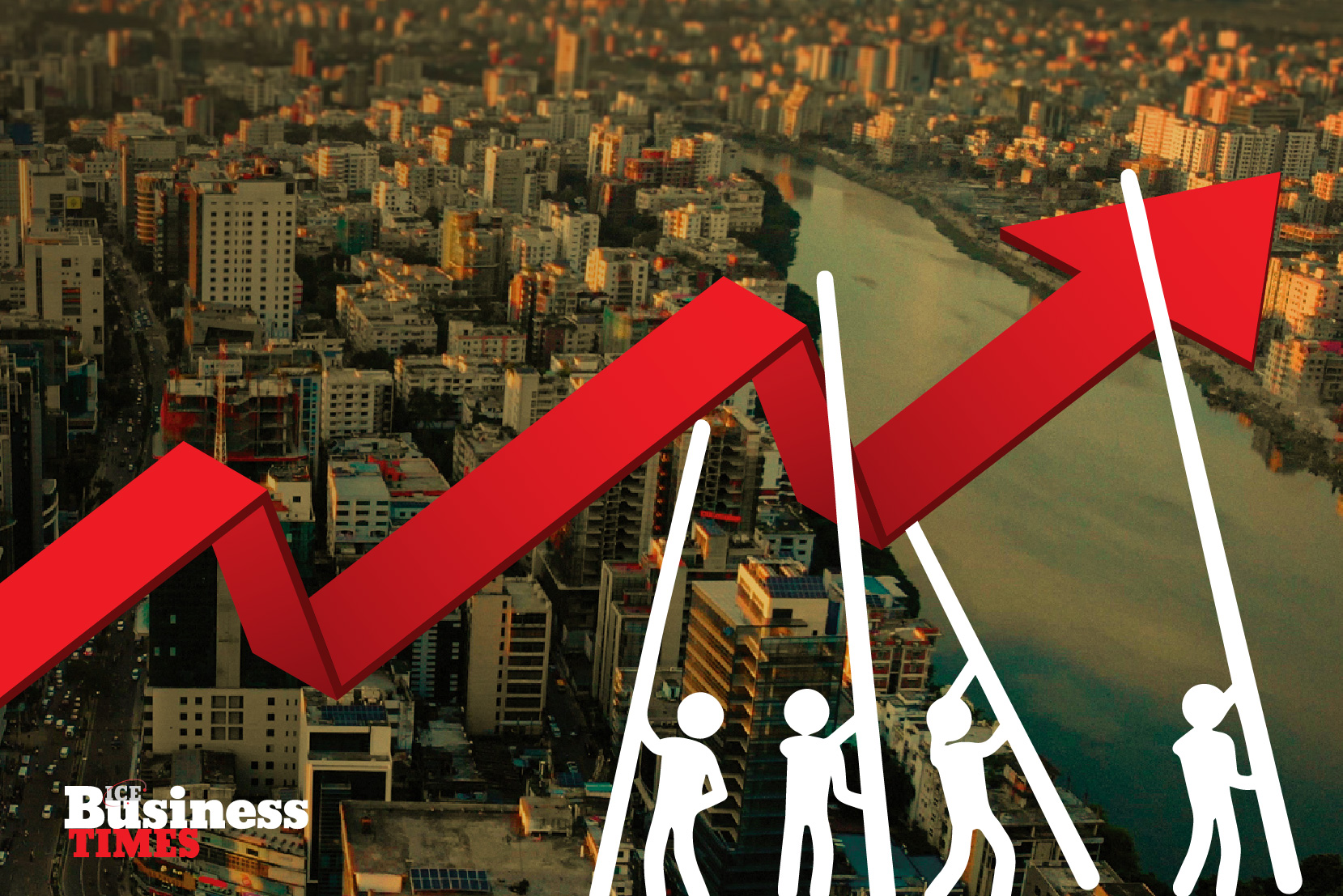A while back I was having a nice cup of tea in the office kitchenette when I overheard the statistics manager and marketing manager having a very interesting conversation about how artificial intelligence technology is “en route” to changing the way supply chain management is done. Indeed, I thought to myself, supply chain analytics is reshaping the cost reduction techniques of multiple organizations and it is simplifying process transactions.
SUPPLY CHAIN ANALYTICS: WHY IT MATTERS?
The coordination and integration of the flow of information, raw materials and finances from the supplier to manufacturer to wholesaler to retailer to customer have always been of major importance to businesses.
Supply chains are under scrutiny like never before due to its complexity and the competitive advantage that companies can reap from them. With the power of analytics and artificial intelligence, companies can now fine tune their supply chain management systems in ways that weren’t possible before.
Supply chains have for a long time been driven by statistics and quantifiable performance indicators. Nevertheless, the sort of analytics which are revolutionizing the industry today – real time analytics – were largely absent at the time.
This was bound to change with increased reliance on technology. Companies started acknowledging that many factors like the weather to the condition of vehicles and machinery could impact supply chain management. Traditional supply chain systems are becoming increasingly unreliable, especially with the mix of global operating systems, pricing pressures and constantly changing customer expectations.
Furthermore, many companies are facing rising competition from low- cost outsourcers. Even organizations with leading managed supply chains in the world have faced stock-outs during periods of unanticipated demand in the past few years. One of the reasons for this is the lack of visibility with traditional supply chain systems and the fact that they are grounded in hindsight.
Decisions are taken based on what happened in the past and not what is expected to happen in the future. Traditional supply chain systems no longer provide the competitive advantage they used to. All of these challenges eventually create waste in your supply chain. That’s where data analytics comes in handy.
M Nazri, CEO of MyFinB Group believes: “The day for real-time supply chain practices has come and is on the verge of becoming more mainstream due to the multitude of cloud management tools and increased adoption of new supply chain software platforms. However, supply chain analytics is very much at the beginning stages of development and many companies will take time to adopt them efficiently.”
INSIGHTS THAT MAKE A DIFFERENCE
Firstly, the integration of analytics and artificial intelligence in supply chain management systems will enable companies to use historical enterprise data to feed predictive models which will lead to more informed decisions concerning customer expectations or demand for the product in a given period. It would give companies the opportunity to identify hidden inefficiencies to capture greater cost savings and use risk modelling to conduct “pre-mortems” around investment and purchase decisions. For added value, companies can link supply chain models to customers and pricing analytics to gain insight on future profitability.
MyFinB Holdings, for example, is on its way to launch a RoboMarketeer in the ASEAN market. This is MyFinB’s latest B2B2C cognitive analytics technology, with the ability to data mine millions of transactions and customer data. In doing so, the RoboMarketeer will be able to provide deeper insights into users’ purchasing patterns and behaviors. With the use of Artificial Intelligence and Analytics, MyFinB’s goal is set to disrupt the e-commerce markets and logistics industry particularly in fast moving consumer goods.
Supply chain analytics allows product owners to have an in- depth analysis of customers as well as make predictions about spending habits, like purchase amounts and top-selling products across various target markets. It will allow supply chain managers to have a more accurate and timely indication of which products to offer to end users.
Nazri states, “What we are trying to do is derive insights which are both more predictive – they allow us to see what is going to happen, going forward – and prescriptive – now we know something, what should we do about it?”
Now, retailers cannot afford to delay innovation. More and more categories are moving into the digital battleground, competing with the endless aisle and two-day promise offered by Amazon. With predictive analytics Amazon has certain books readily available in its warehouses based on the customer preferences in that particular area.
This way, Amazon is able to deliver its books within two days only. The strategy used is supply chain optimization: creating an “omni-channel supply chain that not only optimizes fulfilment of current inventory but predicts and responds to trends that shape and localize future demand.”
Amazon is also looking to use drones to deliver products. Although expensive, it will increase the company’s profitability. By lowering the rate of return of products, due to lowered delivery time, the company will experience higher sales and higher profits.
Another company, Adidas has had considerable success implementing supply chain digitization to improve sales. In Russia, the company has started its omni-channel strategy through three main strategies: RFID tracking, which allows for rigorous inventory management; “Click and Collect”, lets customers buy online and collect their products from the stores; and “Ship from Store”, enables faster product delivery from warehouse shipping eliminating the trouble of taking a trip to the store.
Furthermore, global trade software company Haven has launched a new product called Provider Performance Analytics which allows Haven’s customers to make better decisions using descriptive and prescriptive analytics. According to the CEO, Matthew Tillman, the biggest obstacle faced by supply chain managers is that they require lots of employees working in different locations.
Without supply chain analytics important data gets lost in email. This leads to a gap in information necessary for management to optimize on suppliers. Appropriate supply chain systems successfully capture this information saving on cost and increasing profits.
Supply chain planning is driven by forecasting, therefore managers need to ensure that the right products are in the right place at the right time. Being able to predict demand is beneficial. Moreover, additional data elements, which have never been used before are now driving forecasting in the supply chain industry. Social media is allowing companies to keep track of customer expectations helping them anticipate future demand.
CHALLENGES WITH SUPPLY CHAIN ANALYTICS
Nazri says: “In order to gain competitive advantage from supply chain analytics, companies need to reduce the time it takes to act on insights those analytics generate.”
A commitment to supply chain improvement using analytics is easy to make but not to execute. Even the most passionate companies sometimes end up making a whole range of excuses to delay, defer and deny.
Managers usually use “treasure hunts” to mine data for hidden opportunities. However, before doing that, managers need to partake in silo busting, which means ensuring that the required information is available to drive analytics insights. Some companies focus on a single link in the supply chain which is unhelpful in unleashing the potential value of the supply chain system.
High performance requires connecting supply chain forecasting and modelling tools to distribution models and pricing models. In doing so, companies can dive into specific improvement opportunities such as promotion planning, inventory management and channel management.
I believe the term Value Chain 4.0 describes how companies are leveraging analytics to improve supply chain systems. Companies might need to re-combine and rethink how supply chain management works. All in all, the digital revolution is causing a huge paradigm shift for what used to be supply chain management. The latter was once about delivering the right quality at the lowest cost; now, it is about generating more sales, creating more value and capturing it.















